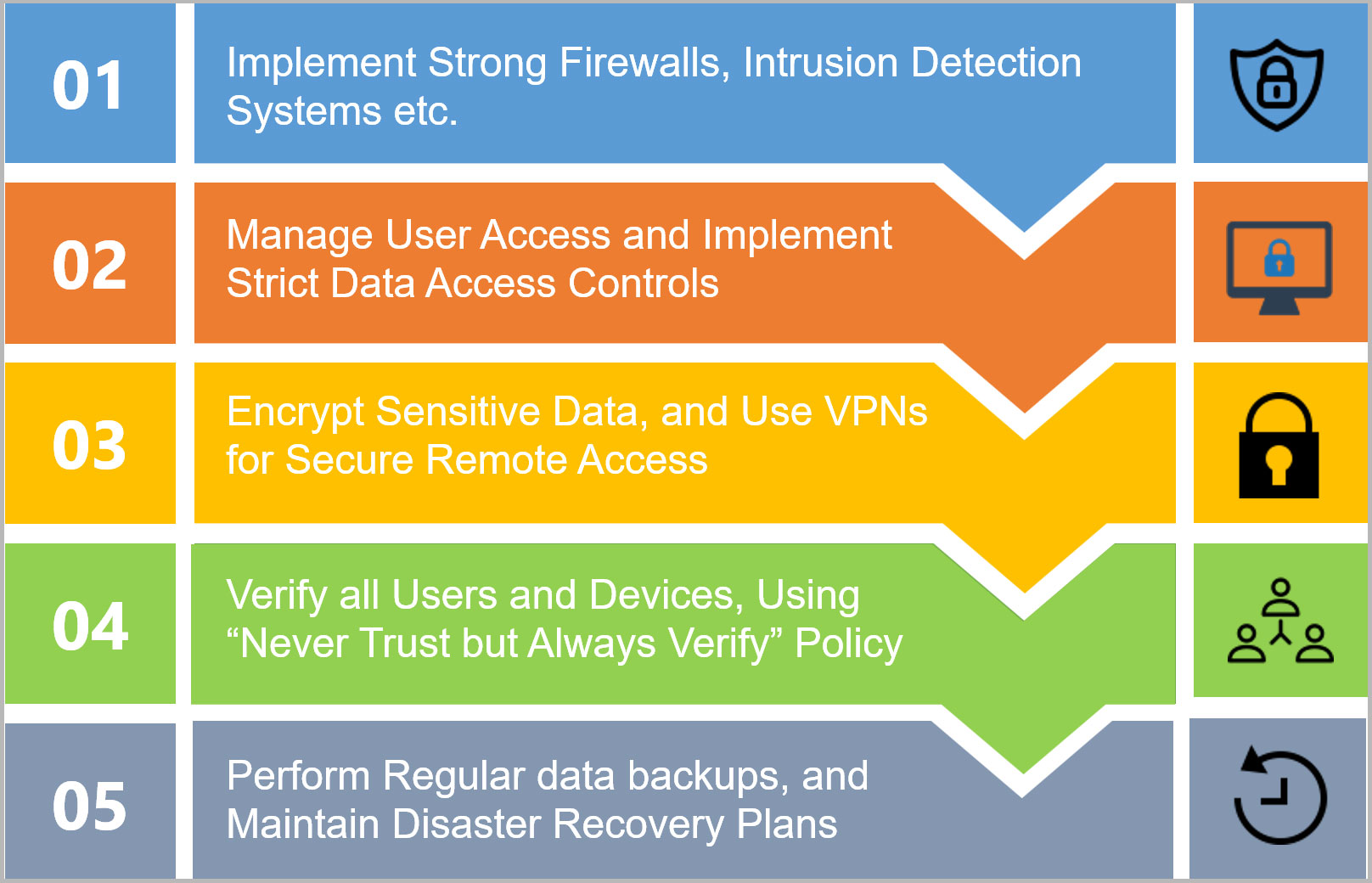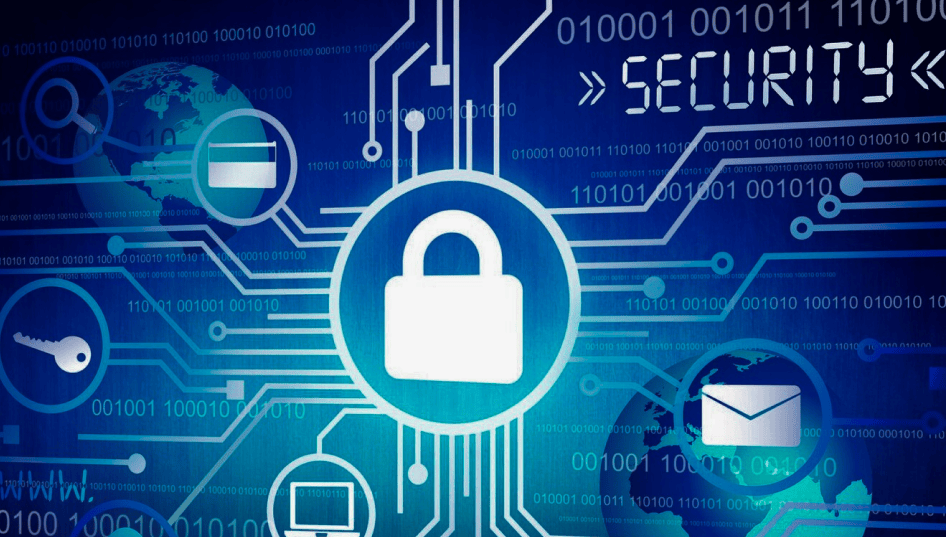How Information and Network Protection Shields Against Arising Cyber Dangers
In an era marked by the fast advancement of cyber risks, the relevance of data and network safety and security has never ever been more obvious. As these threats become extra complex, comprehending the interaction in between information protection and network defenses is necessary for minimizing threats.
Recognizing Cyber Threats

The ever-evolving nature of innovation constantly presents new susceptabilities, making it important for stakeholders to remain cautious. People might unconsciously succumb to social engineering tactics, where enemies control them right into disclosing sensitive info. Organizations face distinct challenges, as cybercriminals frequently target them to exploit useful data or interfere with procedures.
Moreover, the increase of the Web of Points (IoT) has actually increased the attack surface area, as interconnected gadgets can function as access points for enemies. Identifying the value of durable cybersecurity practices is essential for minimizing these risks. By promoting a thorough understanding of cyber organizations, people and risks can apply reliable strategies to secure their electronic possessions, guaranteeing durability despite an increasingly intricate risk landscape.
Trick Elements of Data Safety And Security
Making sure data safety and security calls for a multifaceted technique that encompasses various key elements. One fundamental component is information file encryption, which transforms sensitive information into an unreadable format, obtainable just to accredited customers with the ideal decryption keys. This works as a critical line of defense versus unauthorized accessibility.
One more vital component is gain access to control, which regulates who can check out or manipulate data. By applying stringent customer verification procedures and role-based access controls, companies can lessen the danger of expert dangers and data breaches.

Furthermore, data covering up strategies can be used to safeguard sensitive details while still enabling for its usage in non-production settings, such as testing and growth. fft perimeter intrusion solutions.
Network Safety Approaches
Implementing durable network safety and security strategies is essential for securing a company's digital facilities. These strategies entail a multi-layered technique that consists of both hardware and software program solutions designed to shield the integrity, confidentiality, and availability of information.
One vital component of network safety and security is the implementation of firewall programs, which function as a barrier in between relied on internal networks and untrusted external networks. Firewalls can be hardware-based, software-based, or a combination of both, and they help filter incoming and outbound traffic based on predefined safety policies.
Furthermore, intrusion detection and avoidance systems (IDPS) play a vital role in keeping an eye on network website traffic for questionable activities. These systems can notify managers to prospective breaches and do something about it to minimize risks in real-time. Routinely upgrading and covering software application is likewise crucial, as susceptabilities can be manipulated by cybercriminals.
In addition, implementing Virtual Private Networks (VPNs) guarantees protected remote gain access to, encrypting data transferred over public networks. Finally, segmenting networks can decrease the strike surface and have potential violations, restricting their influence on the general infrastructure. By adopting these techniques, organizations can efficiently strengthen their networks versus emerging cyber threats.
Finest Practices for Organizations
Establishing best methods for companies is essential in keeping a solid safety pose. A thorough technique to information and network security directory begins with routine danger assessments to determine vulnerabilities and prospective dangers.
Furthermore, constant employee training and understanding programs are essential. Staff members must be educated on recognizing phishing efforts, social engineering strategies, and the relevance of sticking to safety and security protocols. Routine updates and patch monitoring for software and systems are additionally crucial to safeguard against recognized vulnerabilities.
Organizations should test and develop occurrence response intends to make certain preparedness for potential breaches. This includes developing clear communication networks and duties throughout a security event. Moreover, data security should be used both at remainder and in transportation to protect delicate info.
Finally, conducting routine audits and compliance checks will aid ensure adherence to relevant regulations and well-known policies - fft perimeter intrusion solutions. By complying with these best practices, companies can considerably improve their strength versus arising cyber hazards and shield their essential assets
Future Trends in Cybersecurity
As companies navigate an increasingly complicated digital landscape, the future of cybersecurity is positioned to advance considerably, driven by changing and arising technologies danger paradigms. One popular fad is the integration of expert system (AI) and artificial intelligence (ML) right into protection structures, allowing for real-time threat detection and reaction automation. These modern technologies can assess large quantities of data to determine abnormalities and possible breaches extra efficiently than typical approaches.
One more essential trend is the surge of zero-trust design, which needs continuous verification of customer identifications and tool safety and security, no matter of their area. This technique reduces the threat of insider risks and enhances security versus external strikes.
Furthermore, the raising adoption of cloud solutions requires robust cloud safety techniques that attend to distinct susceptabilities connected with cloud environments. As remote job becomes a permanent fixture, securing endpoints will also end up being vital, bring about an elevated concentrate on endpoint discovery and response (EDR) remedies.
Last but not least, governing compliance will certainly remain to form cybersecurity techniques, pressing companies to embrace much more strict information security procedures. Accepting these patterns will be essential for organizations to fortify their defenses and browse the advancing landscape of cyber risks successfully.
Final Thought
In final thought, the application of robust information and network protection actions is essential for organizations to protect versus arising cyber dangers. By utilizing file encryption, access go to website control, and effective network security techniques, organizations can significantly lower susceptabilities and protect delicate information.
In an era marked by the quick development of cyber dangers, the importance of information and network security has never been much check these guys out more obvious. As these risks come to be extra intricate, recognizing the interaction between data security and network defenses is crucial for minimizing risks. Cyber hazards include a vast array of malicious tasks intended at jeopardizing the discretion, honesty, and schedule of networks and data. A detailed method to information and network safety and security begins with normal risk analyses to identify vulnerabilities and potential hazards.In final thought, the implementation of durable data and network safety steps is vital for organizations to secure against arising cyber threats.
 Michael Bower Then & Now!
Michael Bower Then & Now! Michael C. Maronna Then & Now!
Michael C. Maronna Then & Now! Barbi Benton Then & Now!
Barbi Benton Then & Now! Heather Locklear Then & Now!
Heather Locklear Then & Now! Erika Eleniak Then & Now!
Erika Eleniak Then & Now!